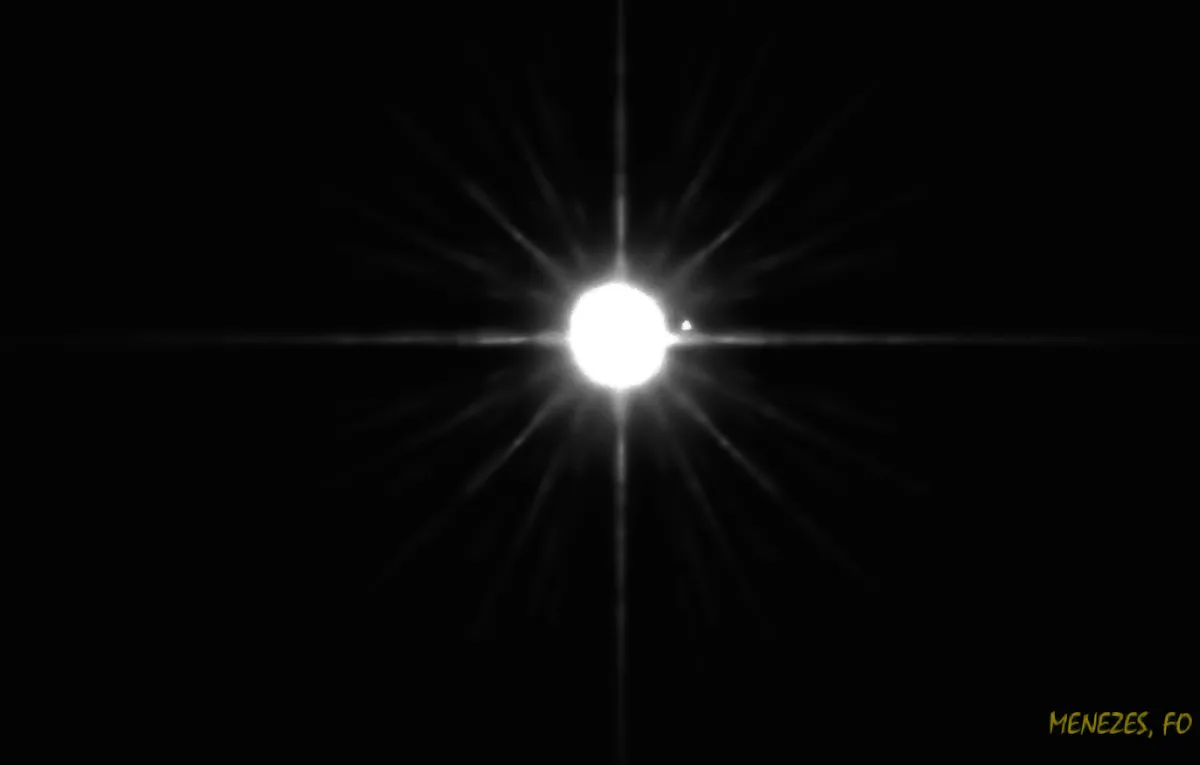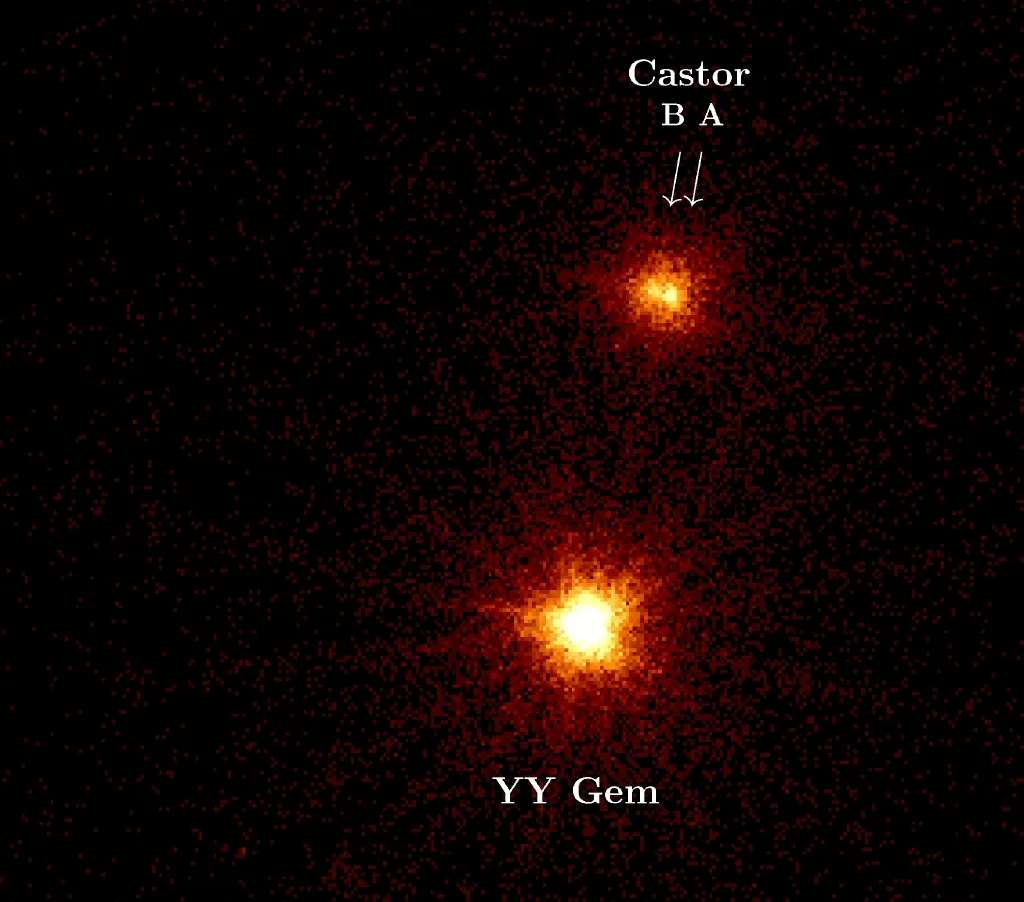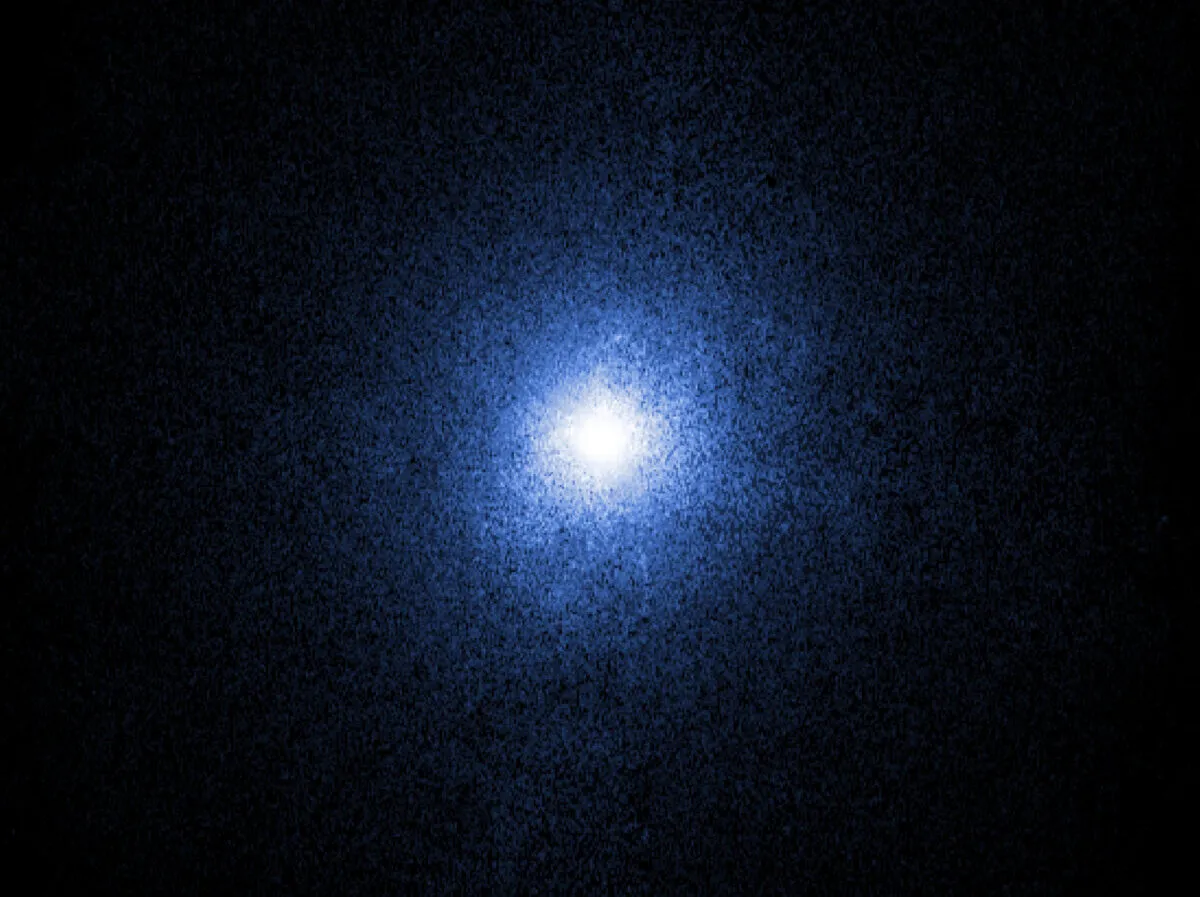Binary star systems, in which two stars orbit one another, are a wonderful example of the clockwork nature of the Universe.
But sometimes one of the components in such a system may be 'hidden', so how do astronomers find these inconspicuous stellar companions?
There are various ways in which astronomers detect the ‘hidden’ companion stars in binary star systems, not dissimilar to the various ways of detecting exoplanets around stars.
Click here to read about WL 20S, which JWST revealed to be a pair of stars
Different types of binary star systems
Astrometric binaries

Astrometric binary star systems are those in which astronomers have concluded there must be an unseen binary companion because of the effect of that companion on the visible star.
In an ‘astrometric’ binary, the invisible component is detected by the effect its gravitational pull has on the motion of its companion across the sky.
Sirius is a nice example of this. Its faint white dwarf companion Sirius B can be detected by analysing the position of the bright component.
Eclipsing binaries

In eclipsing binary star systems, one star passes in front of its companion star, producing a dip in starlight that astronomers can use to detect it.
With eclipsing binaries, Algol being a good example, the passage of one star in front of the other also allows astronomers to determine some of the characteristics, such as the radius of the ‘hidden’ star.
Spectroscopic binaries

Some binaries are detected by analysing their spectra. Such ‘spectroscopic‘ binaries come in
two flavours.
In a single-lined spectroscopic binary, only the spectral lines of the brighter component are seen, making the secondary object difficult to study.
With a double-lined spectroscopic binary we can observe the lines of both stars.
The most useful systems that allow both stars to be studied in depth are eclipsing, double-line spectroscopic binaries
X-ray binaries

In X-ray binary systems, the ‘hidden’ component (in these cases either a neutron star or black hole) is often revealed by the copious X-ray emission emanating from the disc of dust and gas that surrounds it.
Cygnus X-1 is a single-lined spectroscopic binary system with X-ray emission, thought to contain a black hole of between 15 and 20 solar masses.
It has the title of being the first ever identified black hole, a discovery made by Paul Murdin and Louise Webster in 1971.

